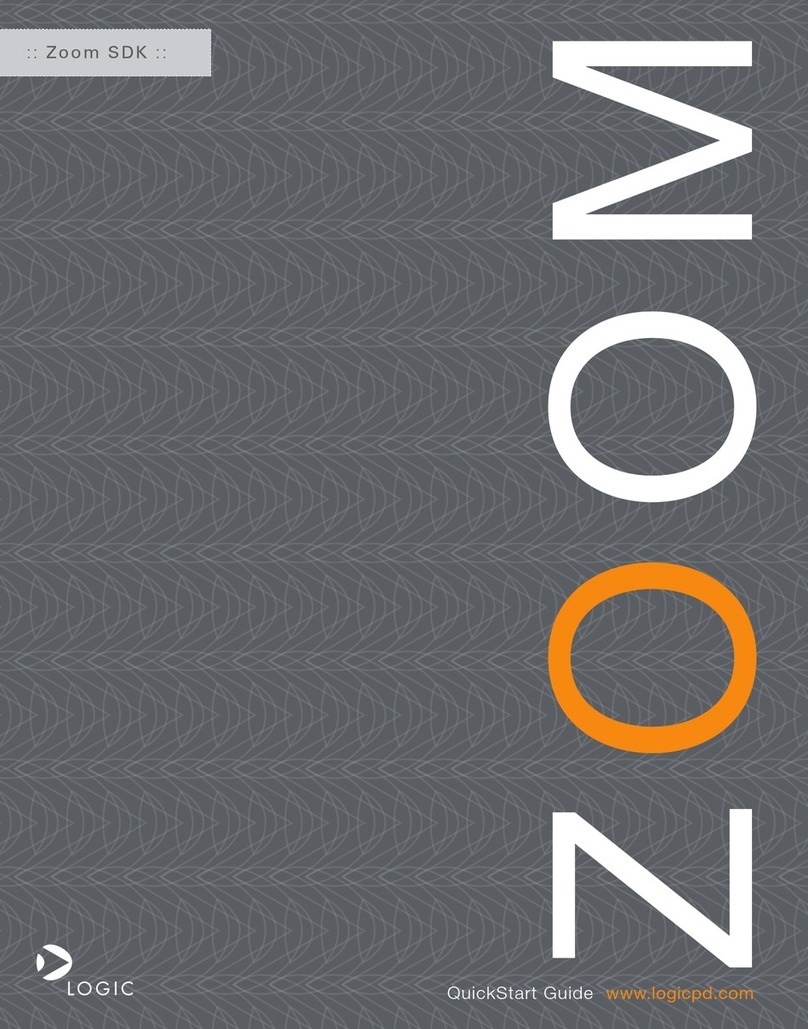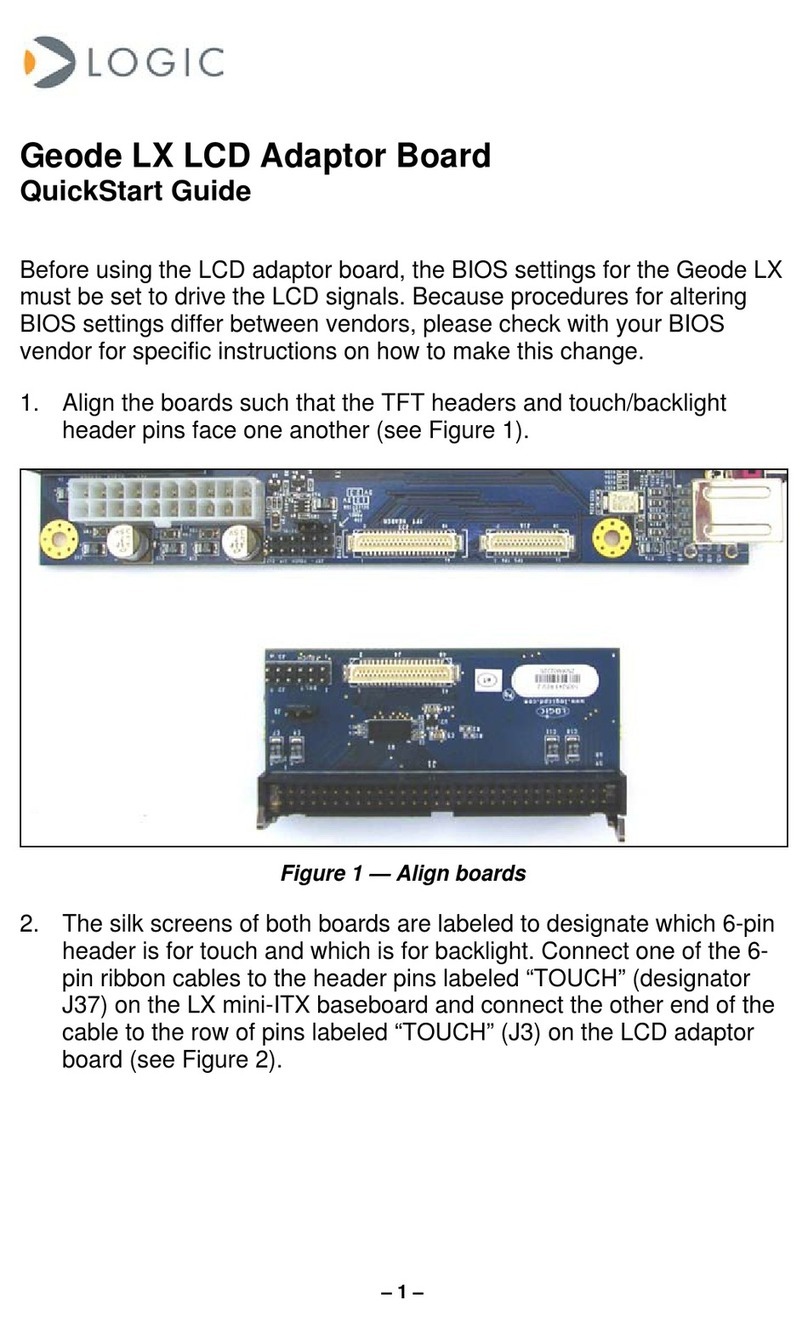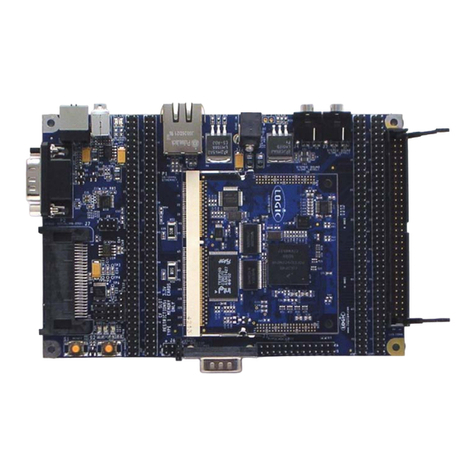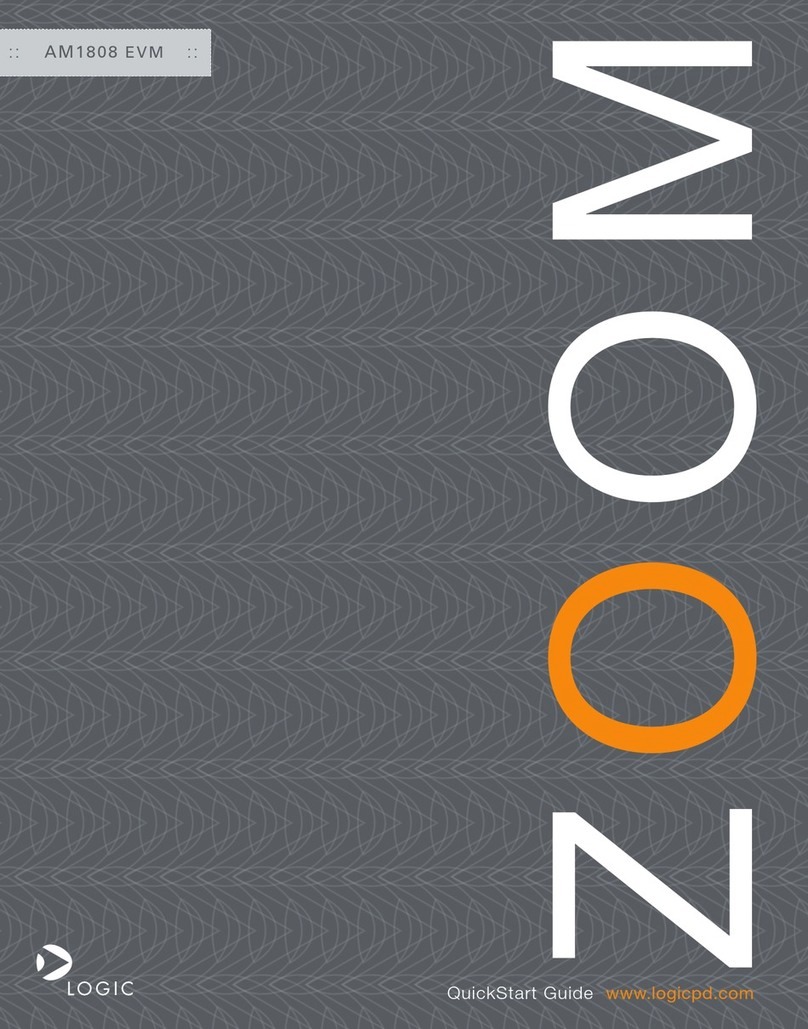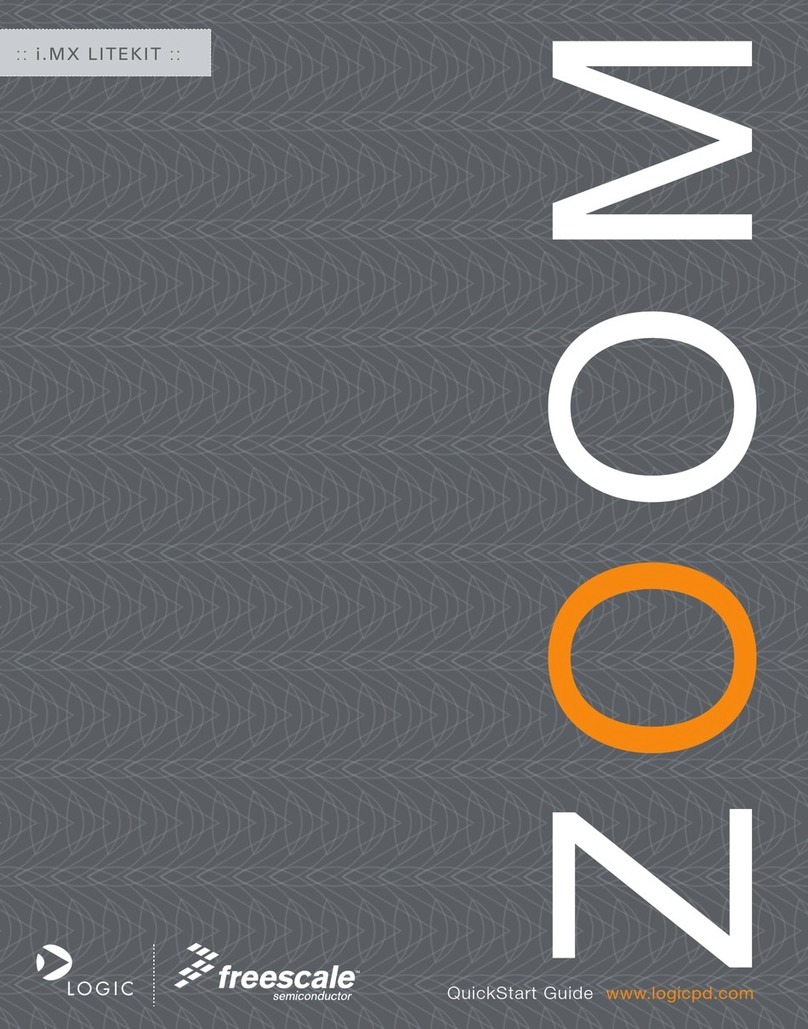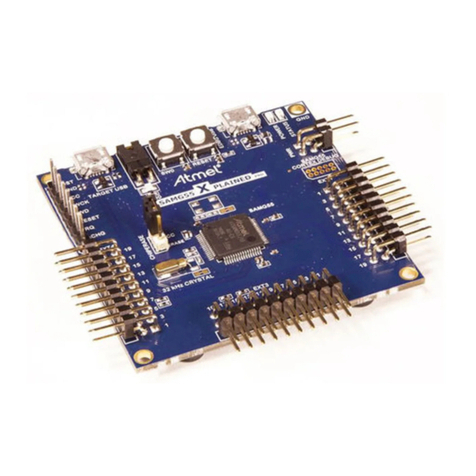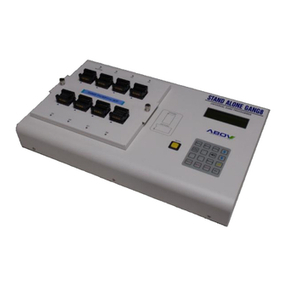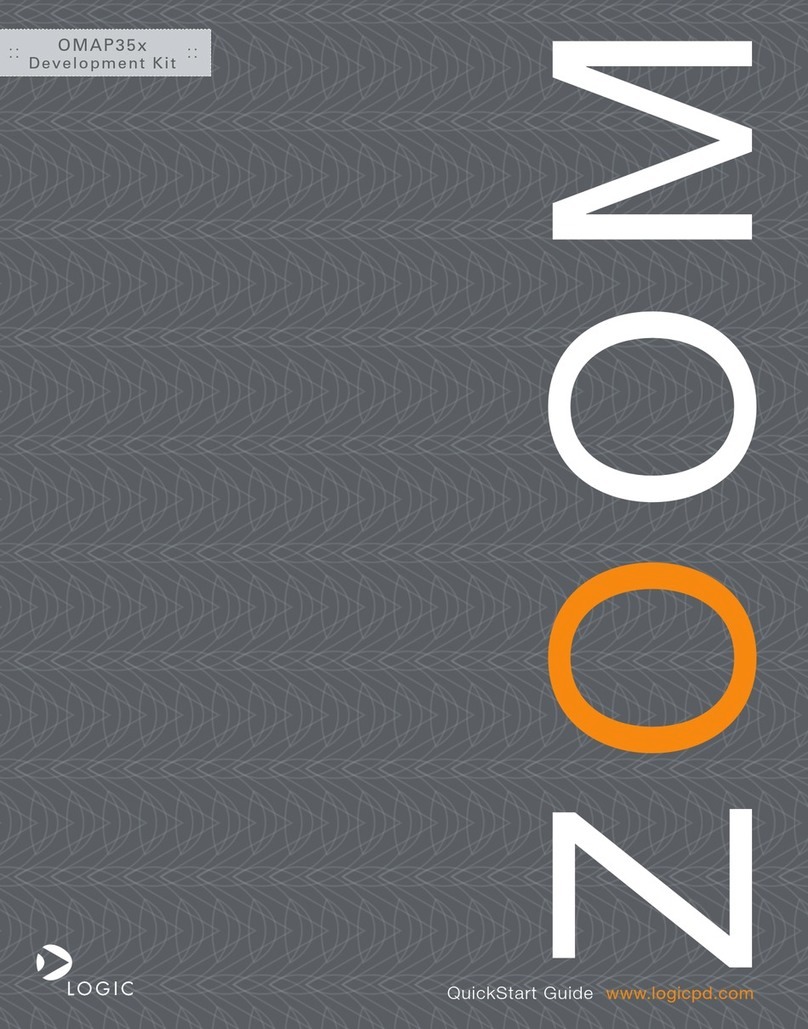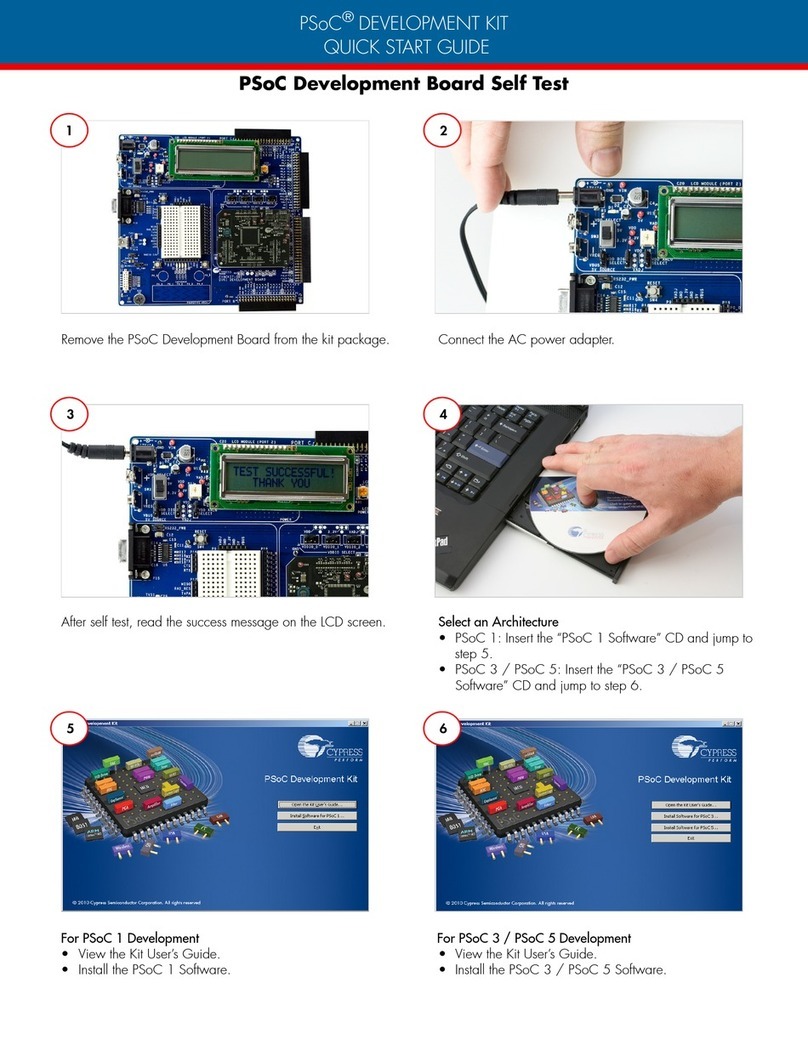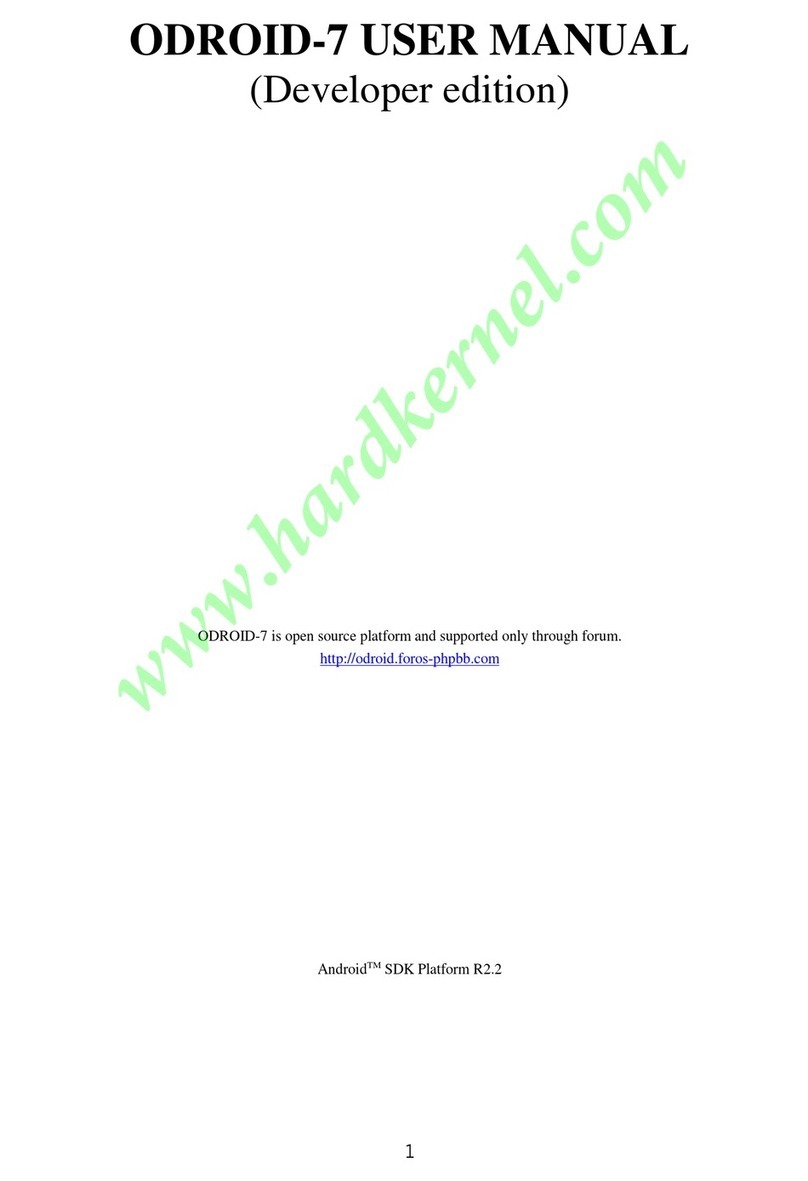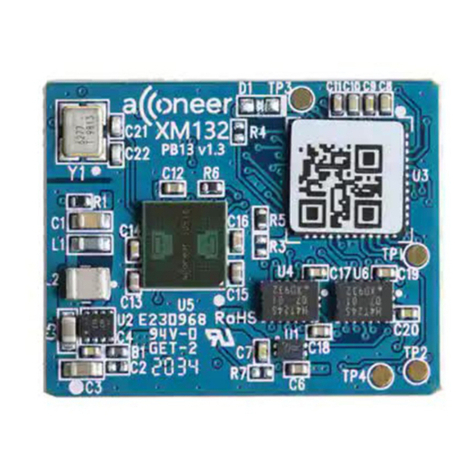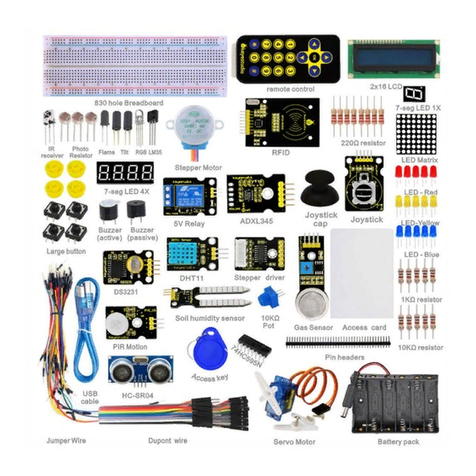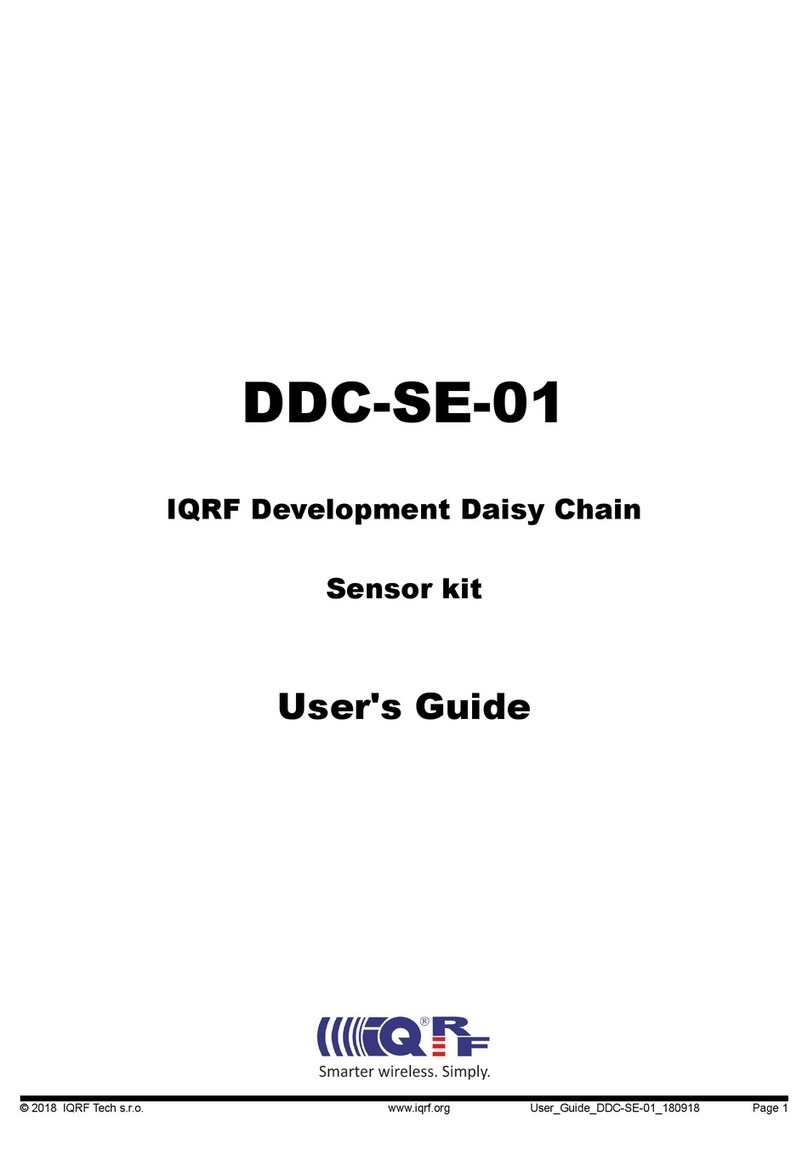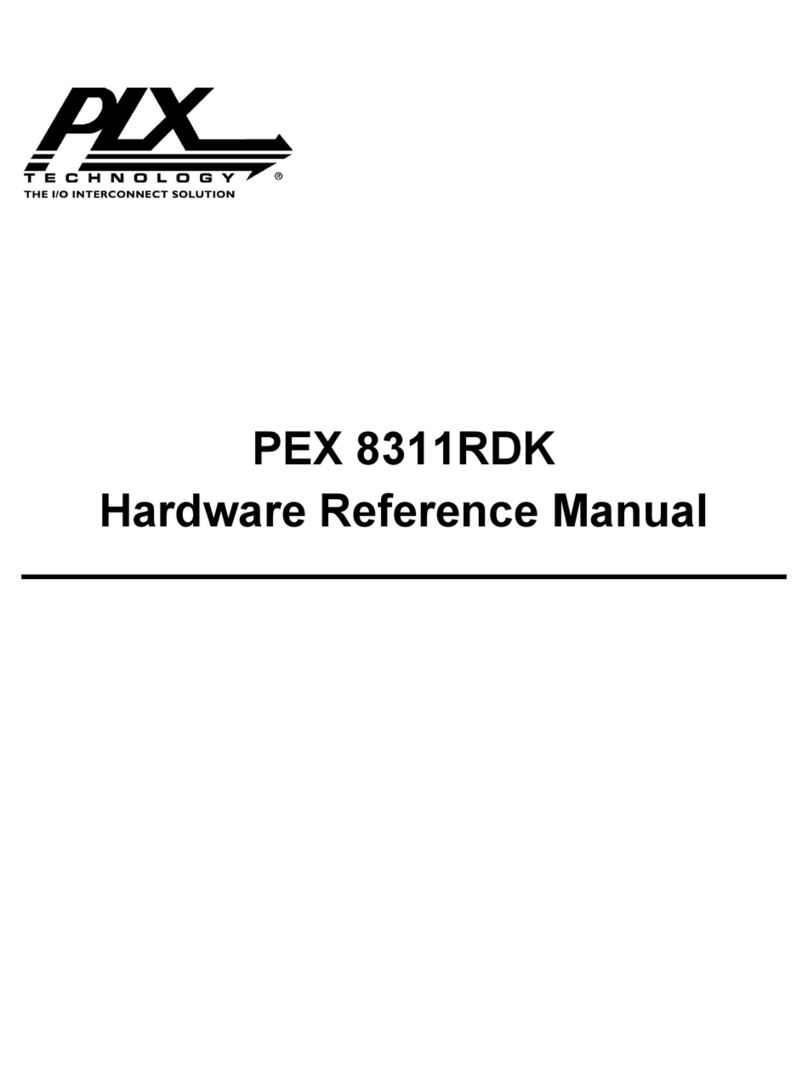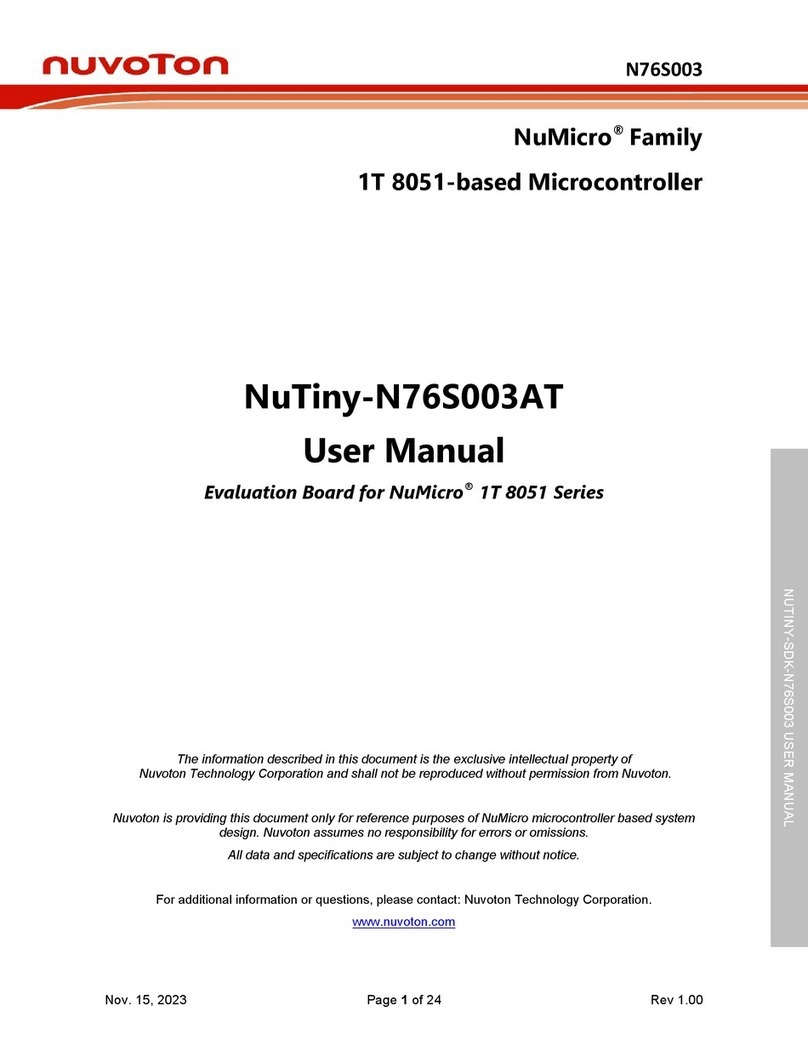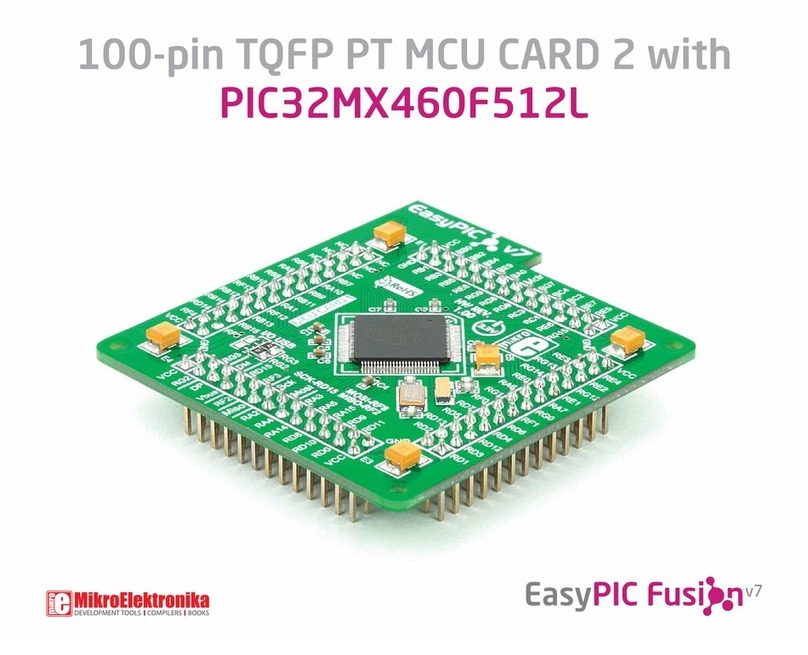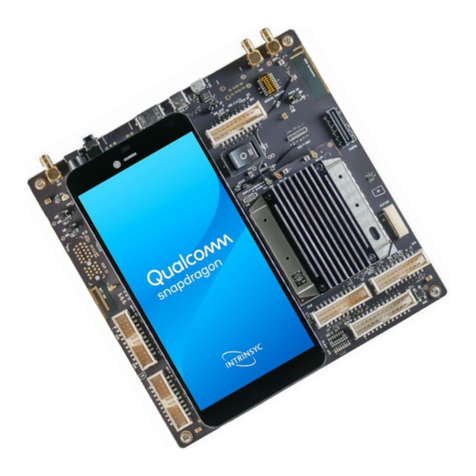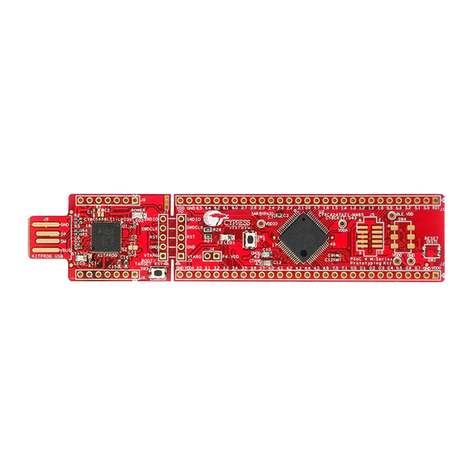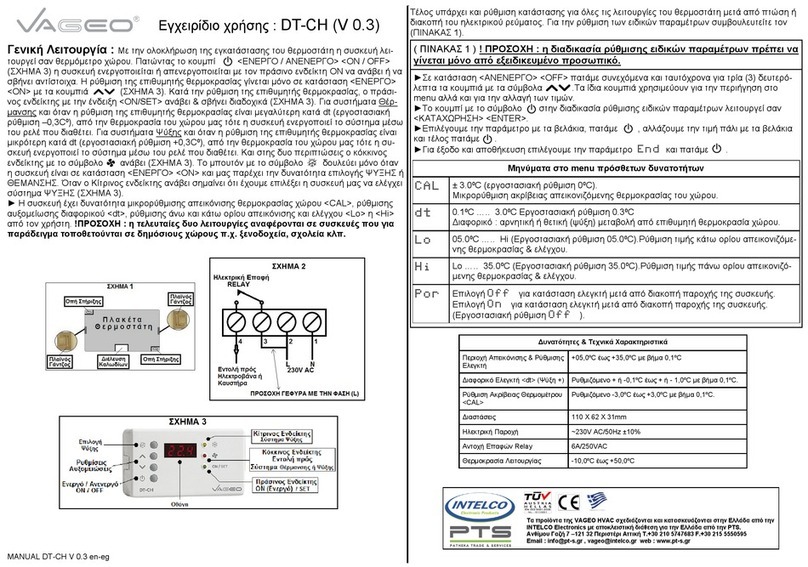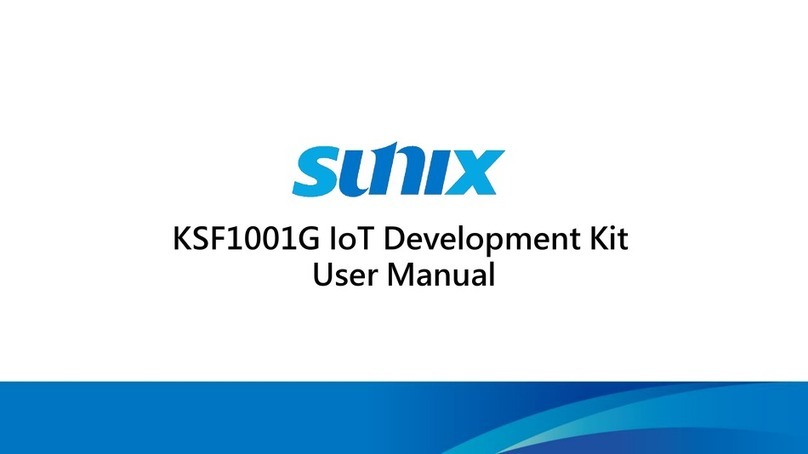Logic ZOOM SDK User manual

ZOOM SDK
2 QuickStart Guide
Table of Contents
1Introduction 4
1.1 Zoom Starter Development Kit Features 4
2 Getting Started 6
2.1 Unpacking the System 6
2.2 Documentation and Resources 7
2.3 Development PC Requirements 7
2.4 Application Baseboard Connection Diagram 8
3QuickStart 10
3.1 Inserting the Card Engine into the Baseboard 10
3.2 Removing the Card Engine from the Baseboard 11
3.3 Connecting the Zoom Starter Development Kit to your PC 12
4 Test Drive the Zoom Starter Development Kit 14
4.1 Software Installation 14
4.2 Power-up the Development Kit 14
4.3 Software Development Tools 15
4.4 Sample Application 15
4.5 Board Support Packages (BSPs) 16
5 Product Notices 17
6 Product Registration 18
7 Zoom Display Kits 19
8Support 20
8.1 Frequently Asked Questions 21
8.2 Technical Discussion Group 21
8.3 Warranty Statement 21
Downloaded from Elcodis.com electronic components distributor

ZOOM SDK
QuickStart Guide 3
Table of Figures
Figure 2.1 –Kit Contents 6
Figure 2.2 –Connection Diagram for the Application Baseboard 8
Figure 3.1 –Inserting the Card Engine into the Baseboard 10
Figure 3.2 –Using the Logic Card Engine Extractor Tool 11
Figure 3.3 –Connecting the Baseboard to your PC 12
Figure 3.5 – Example JTAG Settings for NXP LH79520 13
Figure 4.1 – Tera Term: Serial Port Setup Window 14
Figure 4.2 –LogicLoader (Bootloader/Monitor) Menu 15
Downloaded from Elcodis.com electronic components distributor

ZOOM SDK
4 QuickStart Guide
1 Introduction
Congratulations on your purchase of the Zoom™ Starter Development Kit (SDK). The Zoom
Starter Development Kit provides a product-ready software and hardware platform for
evaluating the functionality of Logic’s Card Engine module and the associated processor.
Logic’s embedded solutions fast forward product development and helps your company stay
focused on your high-value core technologies.
1.1 Zoom Starter Development Kit Features
Common Features
+Card Engine
+Processor and microprocessor features specific to Card Engine model
+LCD display interface
+Integrated LCD, touch, and backlight connector
+Network support
+RJ45 Ethernet jack with magnetics
+Audio
+Stereo input and output jacks (refer to specific Card Engine for support)
+PC card expansion
+CompactFlash® Type 1 card (memory-mode only)
+Serial port
+115.2kbps RS-232 debug serial port
+Expansion headers
+Access to all Card Engine signals
+Standard 100 mil pitch
Cables & Tools
+Serial cable (null-modem)
+5 volt power supply with power adapters
+Ethernet cross-over cable (dependent upon the Zoom Starter Development Kit
purchased)
+Card Engine extractor tool
Software
+Logic provides sample downloadable Windows® Embedded CE and Linux Board
Support Packages (BSPs), dependent upon the Card Engine model purchased with
the Zoom Starter Development Kit
+LogicLoader™ (bootloader/monitor) installed in the Card Engine flash
Downloaded from Elcodis.com electronic components distributor

ZOOM SDK
QuickStart Guide 5
Application Development Tools1
+Cygwin, Tera Term, and GNU cross development toolchain
+Card Engine-specific Software Development Tools for use with Microsoft®
Embedded Visual Tools on Windows Embedded CE supported development kits
Mechanical
+102 mm long x 152 mm wide x 16.8 mm high
1. Available as downloads from Logic’s website. Please create an account and register
your product to access these software tools: www.logicpd.com/auth/.
Downloaded from Elcodis.com electronic components distributor

ZOOM SDK
6 QuickStart Guide
2 Getting Started
2.1 Unpacking the System
The Zoom Starter Development Kit is comprised of the following items:
+Application baseboard
+Card Engine
+Ethernet cross-over cable (dependent upon the Zoom Starter Development Kit
purchased)
+Null-modem serial cable (use only the null-modem cable provided with the kit)
+Regulated 5V power supply with power adapters (Europe, Japan, UK, and US)
+Card Engine extractor tool
+End-User License Agreement
+Warranty card
+QuickStart Guide
Note: Avoid touching the MOS devices. Static discharge can and will damage these devices.
Once you have verified that all the items are present, remove the Card Engine and application
baseboard from their anti-static bags. Check the boards for any visible damage and ensure
that there are no broken, damaged, or missing parts.
Figure 2.1 – Kit Contents
Application Baseboard
Card Engine
Power Adapters
(Europe, Japan,
UK, and US)
Regulated 5V
Ethernet
Cable
Cross-over
Null-modem
Serial Cable
Power Supply
Card Engine
Extractor Tool
Downloaded from Elcodis.com electronic components distributor

ZOOM SDK
QuickStart Guide 7
2.2 Documentation and Resources
Logic offers documentation, software, and other resources as downloadables from our
website. Please create an account and register your product to access these documents and
software tools: www.logicpd.com/auth/.
Product Documentation1
+Card Engine and Starter Development Kit product briefs
+Bill of Materials (.pdf format) for Card Engine and application baseboard
+Schematics for Card Engine (.pdf format) and application baseboard (.pdf and .DSN
formats)
+Layouts for Card Engine (.pdf format) and application baseboard (.pdf and .MAX
formats)
+Card Engine Hardware Specification
+Card Engine I/O Controller Specification
+SDK QuickStart Guide
+SDK User’s Manual
+LogicLoader User’s Manual
+Card Engine-specifc LogicLoader User’s Manual Addendum
Software Development Tools1(Refer to tool-specific readme files for instructions)
+Te r a Te r m
+Cygwin
+GNU cross development toolchain
+Sample application
References, Resources, and Support
+FAQ, Technical Discussion Group (TDG)2
+How to get technical support (Ask a Question)
+Support Packages
2.3 Development PC Requirements
General
+Windows® 2000 or later host PC with access to the Internet
+Pentium® processor or equivalent
+64 MB RAM minimum
+115200 baud capable RS-232 port (COM port)
+Tera Term serial emulation program (or equivalent)
1. Availability of specific documents and software tools may vary across development
kits.
2. Please note that the TDG site requires its own account creation that is separate
from the account used for the main Logic website.
Downloaded from Elcodis.com electronic components distributor

ZOOM SDK
8 QuickStart Guide
For Windows Embedded CE development (sold separately, contact Microsoft)
+Host PC running Windows 2000 or Windows XP
+Windows CE Platform Builder for creating Windows Embedded CE images
+Microsoft Embedded Visual Tools for application development
+Ethernet cross-over cable
For Linux development
+Host PC running Windows 2000 or Windows XP / Cygwin or Linux
+GNU cross development toolchain
2.4 Application Baseboard Connection Diagram
Figure 2.2 – Connection Diagram for the Application Baseboard
O P Q A B C D
E
GHIJK
N
M
L
F
Downloaded from Elcodis.com electronic components distributor

ZOOM SDK
QuickStart Guide 9
Connection Diagram Descriptions:
A – RJ45 Ethernet jack with magnetics
B – Power-in from 5 volt regulated power supply—use appropriate power adapter
C – Stereo line-in 3.5 mm diameter jack1
D – Stereo line-out 3.5 mm diameter jack
E – 60-pin integrated LCD, touch, and backlight connector power
F – Expansion headers—access to all the Card Engine signals via 100 mil pitch header
G – SH processor JTAG header1
H – ARM processor JTAG header1
I – JTAG jumper configuration
J – Processor wake-up1
K – System reset
L – GPIO and status LEDs
M – CompactFlash Type 1 card (memory-mode only)
N – Serial port—115.2 kbps RS-232 debug serial port
O – USB function1
P– USBhost
1
Q – Ethernet LEDs (activity LED on the left and link LED on the right, in this view)
1. Important Note: The application baseboard is a common assembly board for all
Starter Development Kits and may contain peripheral connectors and features that
are not supported by the Card Engine purchased.
Downloaded from Elcodis.com electronic components distributor

ZOOM SDK
10 QuickStart Guide
3 QuickStart
3.1 Inserting the Card Engine into the Baseboard
Insert the Card Engine connector into the SODIMM connector on the application baseboard
(see Figure 3.1).
1. Firmly press the Card Engine into the SODIMM connector until it is fully seated.
2. Using equal, downward pressure directly over the expansion connectors, press
down on the Card Engine so the expansion connectors mate correctly with the
baseboard.
3. Verify that the expansion connectors on the Card Engine and baseboard have
mated completely and the SODIMM connector locks have locked with the Card
Engine down.
Figure 3.1 – Inserting the Card Engine into the Baseboard
SODIMM Connector
Expansion
Connectors
SODIMM
Connector Locks
Final Position
Downloaded from Elcodis.com electronic components distributor

ZOOM SDK
QuickStart Guide 11
3.2 Removing the Card Engine from the Baseboard
If your Starter Development Kit did not include a Logic extractor tool with its contents, please
contact Logic Sales for information on obtaining the tool.
1. To remove the Card Engine, place the Logic extractor tool behind the Card Engine
with the prongs of the tool inserted under the back edge of the Card Engine (see
Figure 3.2).
2. Gently pull back on the tool (away from the Card Engine) to disconnect the
expansion connectors.
3. Release the SODIMM connector locks on both sides and lift up on the back edge
of the Card Engine. Then remove the Card Engine from the SODIMM connector.
Figure 3.2 – Using the Logic Card Engine Extractor Tool
Note: Please refer to Logic’s White Paper 318 Card Engine Insertion and Extraction
Procedure for more detailed directions on how to avoid damaging the Card Engine when
inserting and removing it from the application baseboard.
Downloaded from Elcodis.com electronic components distributor

ZOOM SDK
12 QuickStart Guide
3.3 Connecting the Zoom Starter Development Kit to your PC
Figure 3.3 – Connecting the Baseboard to your PC
1. Connect the null-modem serial cable (supplied in the kit) to the serial port
connector on the baseboard and to a COM port on the host PC (see Figure 3.3).
2. Confirm JTAG settings for use with your specific Card Engine as shown in
Ta b l e 3.4.
Note: Do not enable JTAG unless you intend to use the JTAG with an emulation
tool.
3. Connect the regulated 5 volt power supply to the appropriate power adapter. Plug
the power adapter into a power outlet and the 5 volt line-output connector into the
power connector on the application baseboard as shown above in Figure 3.3.
Note: The Japan power adapter is labeled; the US adapter is not.
Power supply & power adapter
(Europe, Japan, UK, or US)
RS-232 null-modem
cable to host PC
Downloaded from Elcodis.com electronic components distributor

ZOOM SDK
QuickStart Guide 13
Table 3.4 – JTAG Jumper Settings
Figure 3.5 – Example JTAG Settings for NXP LH79520
Silicon
Vendor Card Engine
J6 Jumper Settings
for Normal Operation
J6 Jumper Settings
for JTAG Operation
Marvell PXA270-10 n/a n/a
NXP LH7A400-10
Jump pin 5
Jump pin 6
Jump pins 1–3
Jump pins 4–6
LH7A404-10/11/12
Jump pin 5
Jump pin 6
Jump pins 1–3
Jump pins 4–6
LH75401-10/11
Jump pin 5
Jump pin 6
Jump pins 1–3
Jump pins 4–6
LH79520-10
Jump pin 5
Jump pin 6
Jump pins 1–3
Jump pins 4–6
LH79524-10 n/a n/a
Renesas SH7727-20 n/a n/a
SH7760-10 n/a n/a
1
2
6
5
+–
1
26
5
+–
Normal Operation JTAG Operation
J6 J6
5
6
Downloaded from Elcodis.com electronic components distributor

ZOOM SDK
14 QuickStart Guide
4 Test Drive the Zoom Starter Development Kit
4.1 Software Installation
The Zoom Starter Developer Kit is designed to communicate with terminal emulation
programs via the included null-modem serial cable using the following settings: 115200 baud,
8-data-bits, no-parity, 1-stop-bit, and no-flow-control. The terminal emulation program must
support binary transfers in order to download software to the kit.
Although Logic does not support any particular terminal emulation program, we suggest
using Tera Term Pro for Windows 2000 or Windows XP. Tera Term Pro can be downloaded for
free from Logic’s website at: www.logicpd.com/downloads/240/. Tera Term Pro is not
available for Linux users. Logic does not guarantee or support any terminal emulation
programs under Linux or Windows platforms.
After installing a terminal emulation program, open a new serial port connection with the null-
modem serial cable. In the example below, Tera Term is configured correctly with the ‘baud-
rate’ set to 115200, ‘data’ to 8-bit, ‘parity’ to none, ‘stop’ to 1-bit, and ‘flow control’ to none.
Figure 4.1 – Te r a Te r m : S e ri a l P o r t S e t u p W i n d o w
4.2 Power-up the Development Kit
Connect the power to the application baseboard. The LogicLoader (bootloader/monitor)
menu screen will appear.
Downloaded from Elcodis.com electronic components distributor

ZOOM SDK
QuickStart Guide 15
Figure 4.2 – LogicLoader (Bootloader/Monitor) Menu
Note: The LogicLoader version you see may differ from the one in the figure above.
LogicLoader provides the capability for loading operating systems and applications. In
addition, LogicLoader provides a full suite of commands for interfacing to the Card Engine.
These commands load operating systems, configure hardware platforms, bring up hardware,
customize applications, perform tests, and manage in-field devices.
Note: If the LogicLoader menu screen does not appear, please check the Tera Term serial
settings, all cable connections, application baseboard and Card Engine connections, and
then press system reset.
4.3 Software Development Tools
Refer to the tool-specific readme files and the Zoom SDK User’s Manual for installation
instructions and directions for using the software development tools.
4.4 Sample Application
The Zoom Starter Development Kit comes with a sample application that can be downloaded
from Logic’s website. For instructions on loading and running the sample application on the
development kit, see the Zoom SDK User’s Manual and the readme file that accompanies the
downloaded sample application.
Downloaded from Elcodis.com electronic components distributor

ZOOM SDK
16 QuickStart Guide
4.5 Board Support Packages (BSPs)
Logic offers product-ready Board Support Packages (BSPs) in binary format for Zoom Starter
Development Kits, available for various operating systems (Windows Embedded CE, Linux,
etc.) and dependent on the Card Engine purchased with the Development Kit.
Logic provides sample downloadable evaluation Windows Embedded CE images (NK.bins)
to evaluate the Windows Embedded CE operating system on Logic's line of Development
Kits. These sample images are provided as part of the Microsoft Windows Embedded CE
Hardware Kitting Program and are posted to the downloads section of the Logic website.
These images are licensed for evaluation purposes only and are not intended for commercial
use. Please reference Application Note 296 When to Use an NK.bin for information about the
capabilities of the binary OS images.
If your development effort requires the use of a BSP, Logic can provide a binary BSP
contingent upon an approved, signed license agreement. For full details and requirements,
please read the Windows Embedded CE BSP License Agreement located at:
www.logicpd.com/downloads/406/.
Downloaded from Elcodis.com electronic components distributor

ZOOM SDK
QuickStart Guide 17
5 Product Notices
Evaluation Purposes Only
The Zoom Starter Development Kit being sold by Logic is intended for ENGINEERING
DEVELOPMENT OR EVALUATION PURPOSES ONLY and is not considered by Logic to be fit
for commercial use. As such, the goods being provided may not be complete in terms of
required design, marketing, and/or manufacturing related protective considerations, including
product safety measures typically found in the end product incorporating the goods. The user
assumes all responsibility and liability for proper and safe handling of the Zoom Starter
Development Kit.
ESD
Due to the open construction of the product, it is the user’s responsibility to take any and all
appropriate precautions with regard to electrostatic discharge. The various debug header
pins are tied to actual lines on the Card Engine and application baseboard. Some of them will
reset the board if they are touched directly. Be aware of this situation. Logic’s warranty does
not cover products damaged by ESD.
Speakers
A normal pair of desktop computer speakers plugged into the audio jack will work fine. Use a
set with an amplifier and volume control for best results.
Approvals
This product is compliant with emissions standard EN55022 level A, and may be operated in
industrial areas as defined by national regulations. This product may require a special permit
for operation at other locations. Cases of interference at such locations need to be handled
according to the requirements of the national EMC legislation.
Downloaded from Elcodis.com electronic components distributor

ZOOM SDK
18 QuickStart Guide
6 Product Registration
In order to access the latest revision of this manual, product change notifications, application
notes, software, hardware design files, and hardware specifications, please register your
product online with a recent version of Internet Explorer or Firefox. In addition to downloads
access, you will be notified when Logic releases documentation and software updates for
your product.
Go to the “Create Account” section on the Logic Support website at
www.logicpd.com/support/, and create a user account. You will receive an e-mail with your
new username, password, and additional instructions. At this point, log in and complete the
product registration form to gain access to product download files.
Downloaded from Elcodis.com electronic components distributor
Other manuals for ZOOM SDK
1
Table of contents
Other Logic Microcontroller manuals



